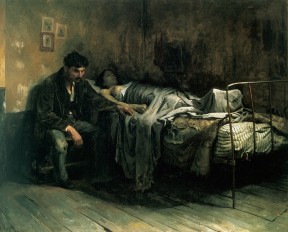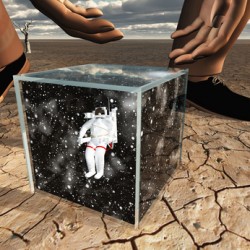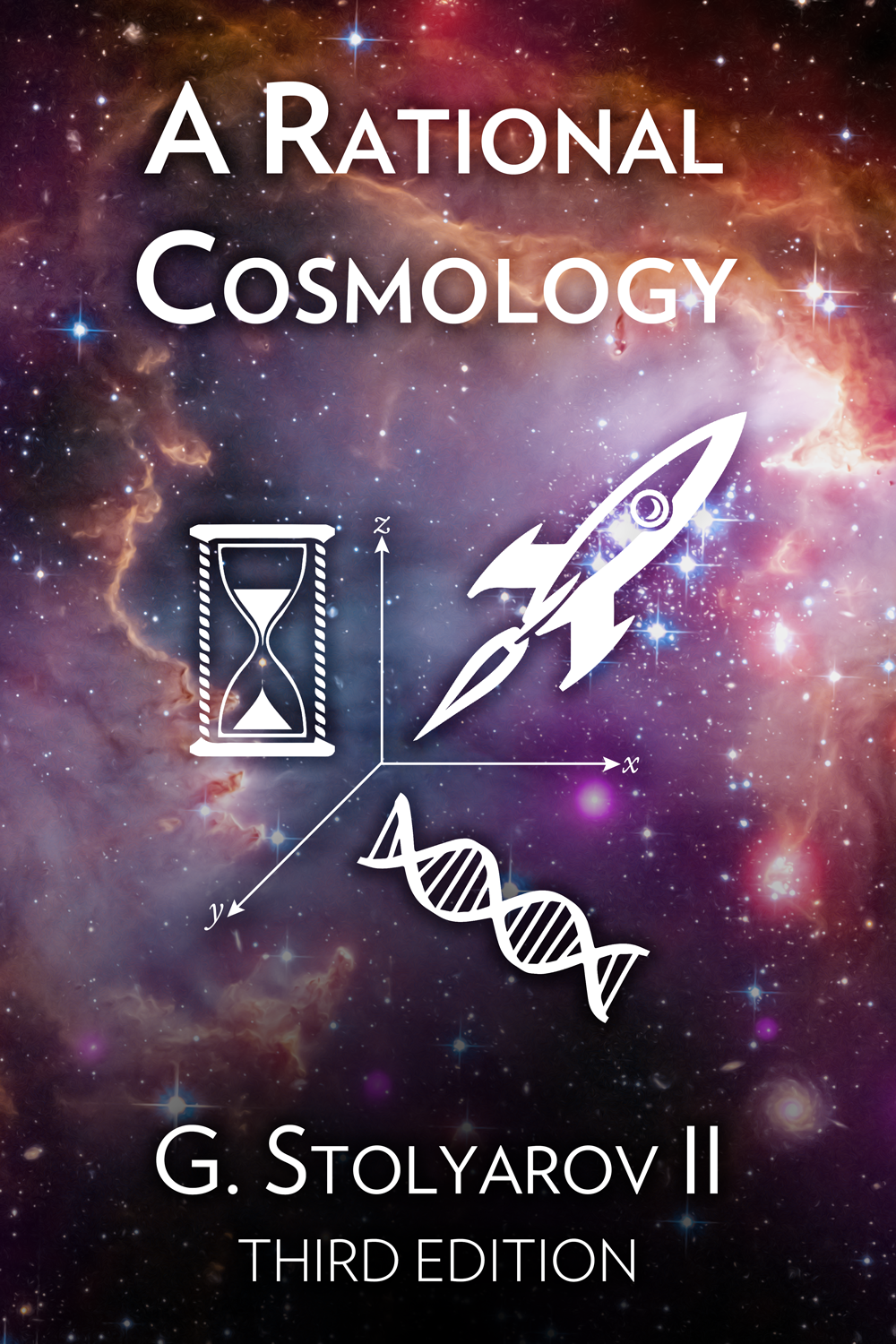Unsustainable: Little Ways Environmentalists Waste the Ultimate Resource – Article by Timothy D. Terrell
The memo told me to get rid of my printer — or the college would confiscate it.
The sustainability director — let’s call him Kermit — is an enthusiastic and otherwise likable fellow whose office is next door to mine. Kermit had decided it would be better if the centralized network printers in each department were used for all print jobs. He believed that the environment was going to benefit from this printer impoundment.
Some sustainability advocates object to printers because little plastic ink cartridges sometimes wind up in landfills — but I saw no effort at the college to promote cartridge recycling; the sustainability policy had skipped persuasion and gone straight to confiscation.
Certainly the IT people didn’t want to maintain the wide variety of desktop printers or supply them with cartridges — but the printer on my desk was not college-supplied or maintained, and I provided all my own cartridges. Personal printers were now verboten. Period. The driver behind the policy, apparently, was the rectangular transformer box plugged into the wall, which consumed a trickle of a few watts of electricity 24/7.
A typical household inkjet printer draws about 12 watts when printing, and when it’s not, it draws about 5 watts. At 5 watts per hour, then, with a few minutes a week burning 12 watts, my lightly used inkjet would use around 46 kWh a year, which at the commercial average rate of 11 cents per kilowatt-hour translates to an annual cost of $5.06. There may be side effects, or externalities, to use a term from economics. A 2011 study in the that renewable energy advocates often cite estimates that the side effects of coal-produced electricity cost about 18 cents per kWh, so assuming that all the electricity saved would have been produced by burning coal (nationwide, it’s actually less than 40 percent), that brings the total annual cost to $13.34.
Kermit must have calculated that confiscating printers would collectively generate several hundred dollars a year of savings for the college — and allow the college to put another line on its sustainability brag sheet.
There’s certainly nothing wrong with trying to save electricity. But Kermit had forgotten the value of an important natural resource: human time.
Time is a valuable resource: labor costs are a large chunk of most businesses’ costs. The college basically wanted to save electricity by wasting my time — and everyone else’s.
Here’s how that works. Suppose I want to print out a recommendation letter and envelope on college letterhead. Using the network printer involves the following steps:
- Walk down hall with letterhead and insert letterhead in single-feed tray.
- Return to office.
- Hit Enter and walk back to printer.
- Discover that page was oriented the wrong way and printed upside down.
- Return to office.
- Walk back to printer with new letterhead page.
- Return to office.
- Hit Enter and walk back to printer.
- Discover that someone else had sent a job to the printer while I was in transit and printed his test on my letterhead.
- Return to office.
- Walk back to printer with new letterhead page.
- Wait for other guy’s print job to finish.
- Insert letterhead, properly oriented.
- Run back to office to reduce chances of letterhead being turned into another test.
- Hit Enter and walk back to printer.
- Pick up successfully printed letter.
- Walk back to office, quietly weeping at the thought of repeating the process to print the envelope.
This “savings” turns into more than 12 trips to and from the communal printer, plus any time spent waiting for another print job. The environmentalist may bemoan the two wasted sheets of paper, but he would quickly remember that there’s a recycling bin beside the printer. The more significant cost of this little fiasco is human time.
Let’s suppose that’s a total of six minutes. Of course, I’ve learned the right way to orient paper and envelopes after a mistake or two, and printer congestion is rarely a problem. And I never did higher-volume print jobs, such as tests for classes, on my own inkjet anyway, so the lost time in trotting back and forth would apply mainly to one- or two-sheet print jobs, envelopes, and scanning. Suppose the confiscation of my inkjet means, conservatively, five additional minutes a week during the school year. That’s about three hours a year sucked out of my life, absorbed in walking back and forth.
Suppose, again to be conservative, my time is worth what fast food restaurant workers in Seattle are getting paid right now — $15 per hour. So the university is wasting $45 of my salary to save $13.34 in utilities. Does that sound like the diligent stewardship of precious resources?
(I will assume that any health benefits from the additional walking are canceled out by the additional stress caused by sheer aggravation.)
I am pleased to say that the desktop printer kerfuffle ended with the sustainability director backing down. We were all allowed to keep our printers, and I thereby kept three hours a year to do more productive work. Kermit and I remained on good terms, though he never took me up on my offer to provide an economist’s voice on the sustainability committee.
But we must make the most of small victories, for college and university sustainability proponents march on undeterred. If anything, the boldness and scale (and the waste) of campus initiatives has only increased. The National Association of Scholars (NAS) recently released a report showing that colleges trying to reduce their environmental impact have spent huge amounts of money on sustainability programs for little to no gain.
The unintended consequences of these programs abound. And though each initiative may destroy only a small amount of human time, the collective impact of these microregulations is a death by a thousand cuts.
Many college cafeterias are now “trayless,” in the hopes of reducing dish use and wasted food. But students must manage unwieldy loads of dishes, leading to inevitable spills, or make multiple trips (and student time is valuable, too). One study mentioned in the NAS report found that “students without trays tend to run out of hands and to skip extra dishes — usually healthy dishes such as salads — in order to better carry their entrée and dessert. This leads to students consuming relatively fewer greens and more sweets.”
A college’s “carbon footprint” has also become the object of campus policy. Middlebury College, for example, pledged in 2006 that it would be “carbon neutral” by 2016. So it has spent almost $5 million a year (over $2,000 per student) on things like a biomass energy plant, organic food for the dining hall, and staff and faculty tasked with improving sustainability. All of this has cost the college about $543 per ton of CO2 reduction. So even if one accepts the $39 per ton figure the Obama administration has stated as the value of reducing carbon dioxide emissions (and I, for one, am skeptical), Middlebury has greatly overpaid.
We can all appreciate the desire to be good stewards of the resources entrusted to us. But this doesn’t mean that every environmental sustainability initiative makes sense. Overpaying to reduce CO2 emissions, as with Middlebury, means that the product of hours of our work is needlessly consumed, and we have fewer resources for other valuable pursuits.
Sustainability advocates need to remember that resources include more than electricity, water, plastic, paper, and the like. Humans have value, too, here and now. Chipping away at our lives with little directives to expend several hours saving a bit of electricity, water, or some other resource, is to ignore the value of human life and to waste what Julian Simon called “the ultimate resource.”
Timothy Terrell is associate professor of economics at Wofford College in South Carolina.
This article was published by The Foundation for Economic Education and may be freely distributed, subject to a Creative Commons Attribution 4.0 International License, which requires that credit be given to the author.









